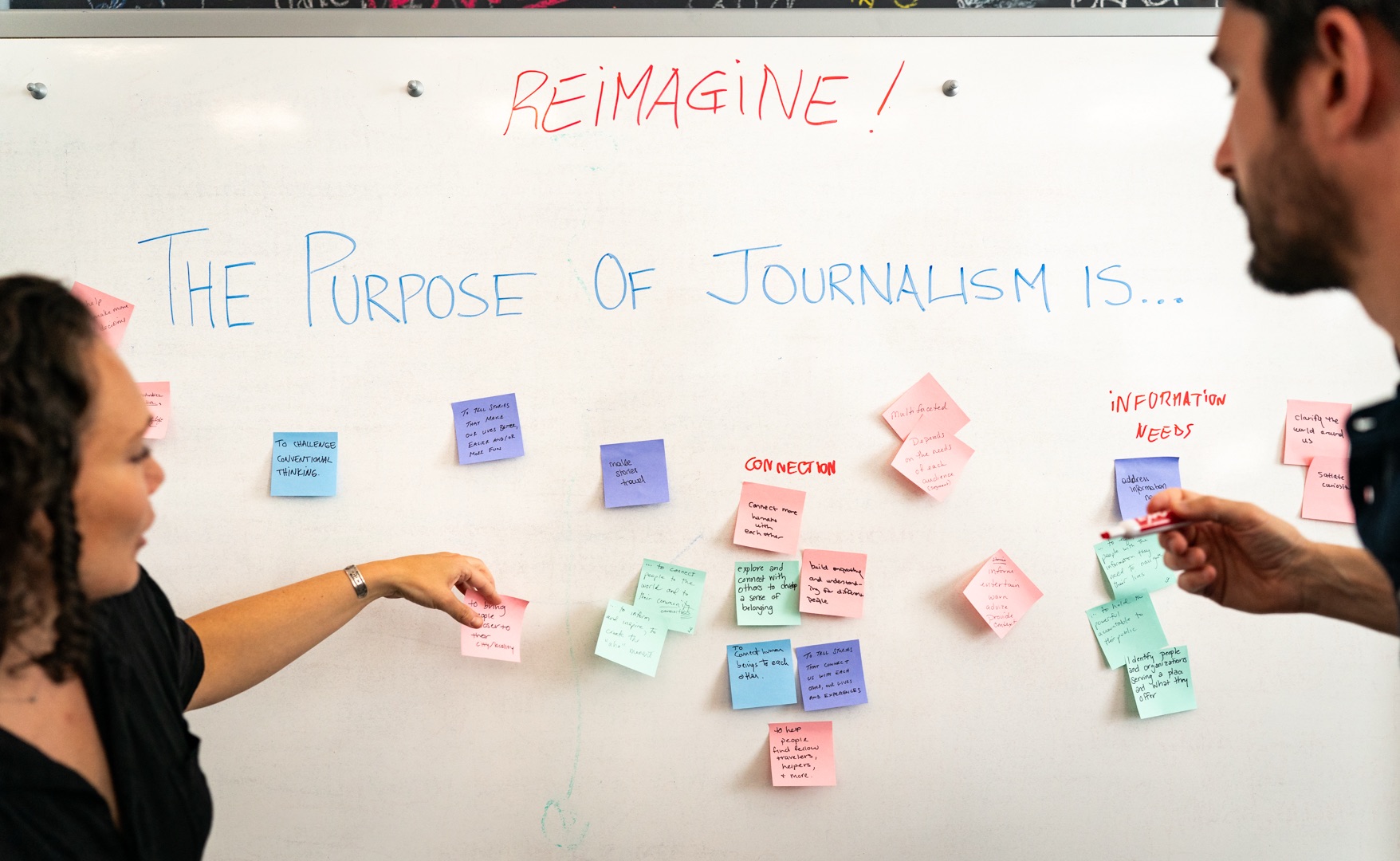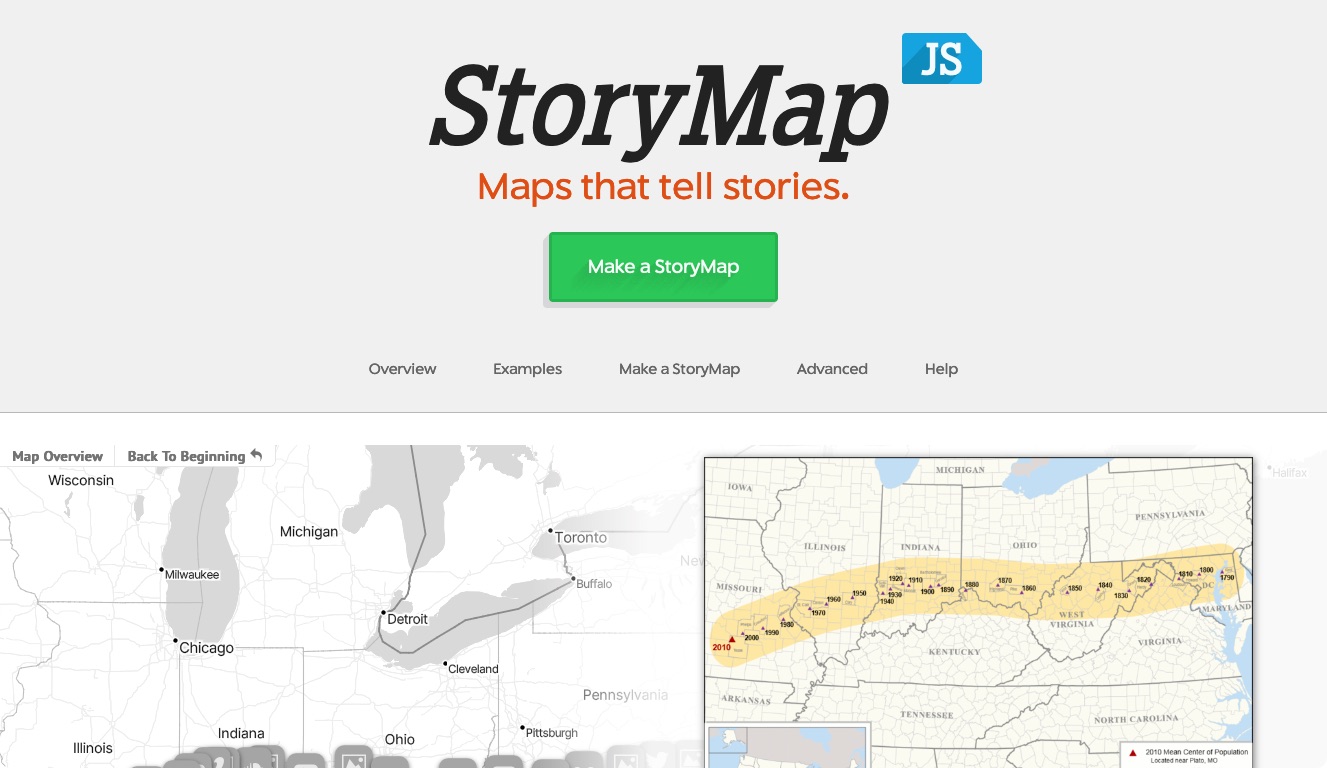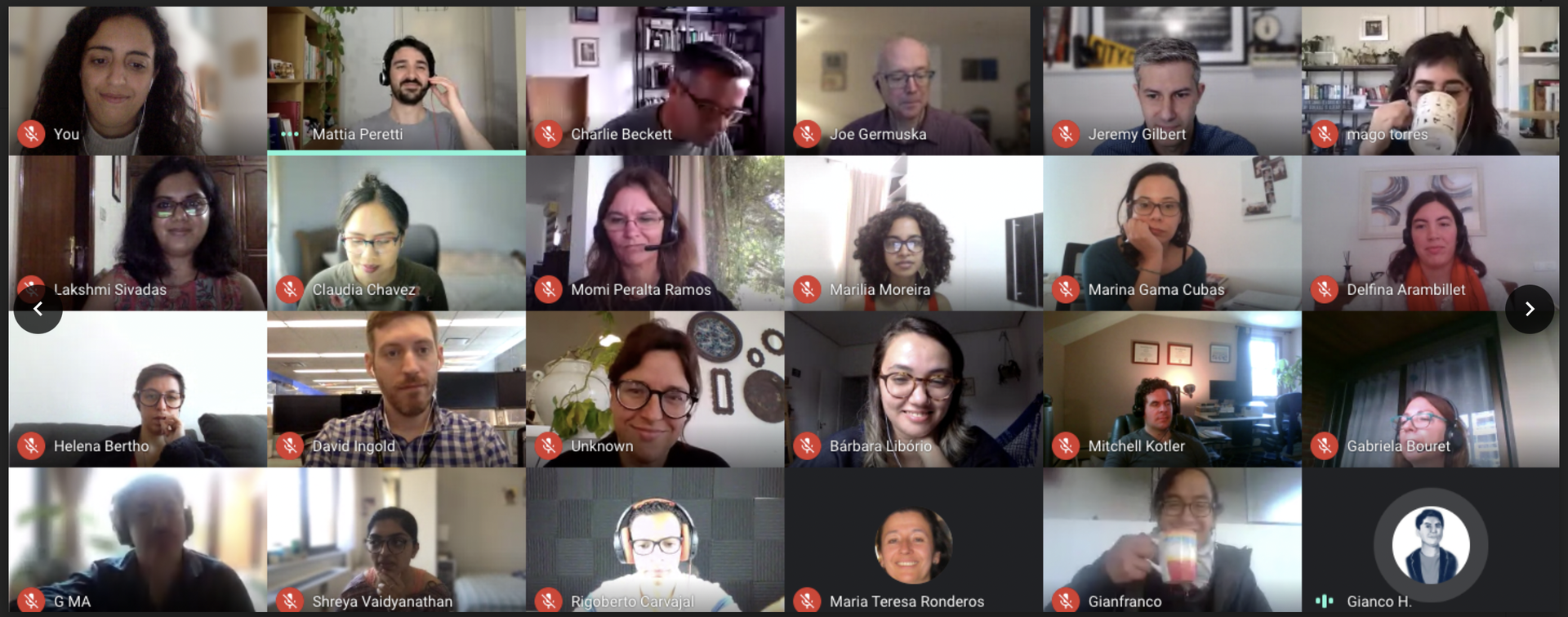This is the second post in a series highlighting research and possible new directions for our Twitter search tool, twXplorer.
I was in India working for CNN-IBN on their Citizen Journalist website searching for some meaningful way — any meaningful way — to share Twitter trends generated by the voices of everyday citizens when I first came across twXplorer. I was so excited! Wow, I thought, I must be able to share these histograms with my readers and explain exactly how they’re shaping conversation around certain terms.
I tooled around for a few minutes, maybe an hour, before I realized the results didn’t live up to my expectations. I couldn’t embed. There were only 500 tweets included. Was that really a worthwhile share? Half the tweets weren’t even related. Without any immediate use for the product I threw it aside.
Little did I know I’d be working to take twXplorer to the next level just a few short months later. The prospect of improving the product left me flabbergasted; just what was the point of this thing anyway? So I went to work on reading what the press had to say (mostly good stuff) and putting it in front of everyday users (very mixed reactions) to see if they were getting it faster than I did.
The good: research, possibility and versatility
The first thing I learned is that there’s a lot of good in twXplorer, which the initial reviews highlighted. If you’re using twXplorer for research you’re bound to find a lot of interesting links, and maybe some useful hashtags that you would have missed without twXplorer simplifying everything for you.
It’s also generally pretty impressive at a first glance. When I put twXplorer in front of journalists who had never seen it before I got a lot of “ohh’s” and “ahh’s,” and excitement about using the product. For some it was the answer for their needs. Dejonique Garrison, a broadcast student at Medill, immediately got it praising it for it’s ability to make sense of Twitter and ability to generate ideas for “the story within the story,” citing the related hashtags as being exactly that.
TwXplorer also makes for a very versatile tool. Social media managers I spoke with saw lots of opportunity to use the tool to track content, and some found even more versatile uses. One feedback email I got from instructional designer and technologist Adrienne Gauthier, praised the tool for its ability to search private lists, the only tool she could find to help with the problem she needed to solve in her class TwXplorer has lots of different use cases, it is what you make of it.
The bad: no sourcing, too much noise, and unclear utility
However, not all, and in fact most, of the feedback I got wasn’t good. Time after time when I put the tool in front of journalists, they didn’t need more help with research, they needed more help with sourcing. It was typical for users in the midst of reporting a story to immediately begin scrolling through the list of tweets presented on the left hand side of the screen while looking for an individual voice or lead they needed in their story, forgoing filtering in the process.
“I’ll have to do maybe two more minutes of work to get this regularly,” freelance writer for BBC online news magazine, Tanvi Misra said.
“Interference,” or the inability to get past irrelevant Tweets was also a frequent issue. Red Eye reporters Mick Swasko and Leonor Vivanco were inundated with tweets that weren’t meaningful in the stories they were trying to tell when they were trying out twXplorer, leading them both to ask for location based searches and better filtering options – both of which were very frequent requests in my testing.
There was also a lot of confusion about how to properly use the product. After filtering users often had trouble getting back to their initial search. Since there’s no animation to guide the viewer to where the new filter has been added, it’s typical for users to press their browser’s “back” button. This will take them to an error screen, and it’s the kind of thing that can get a user easily frustrated.
Original vision versus 'feeding the beast'
I found a lot of positives about twXplorer in my user testing and research, but less than initial reviews might lead you to believe. What I saw shadowing users in newsrooms, asking them to test the product and in my own experience was people coming to twXplorer with very specific needs, things they needed to complete their stories, and in the word’s of the Knight Lab’s Rich Gordon, “Feed the content beast.”
Reporters were often looking for story leads, looking for graphics to add to their stories or looking for the perfect quote to illustrate a perspective they knew was out their, and often twXplorer was unable to help them. These reporters were often adept at using Google and social media for research, leaving them without much use for a Twitter research tool without an immediate and clear focus.
This lead me to ask, “Just how we can we enhance twXplorer and help with these common reporting needs without upsetting the core audience the product has already earned?” You’ll have to wait for that answer as we work towards putting out twXplorer’s next iteration in the next few weeks. As always, let us know if you have any thoughts or suggestions.
About the author





